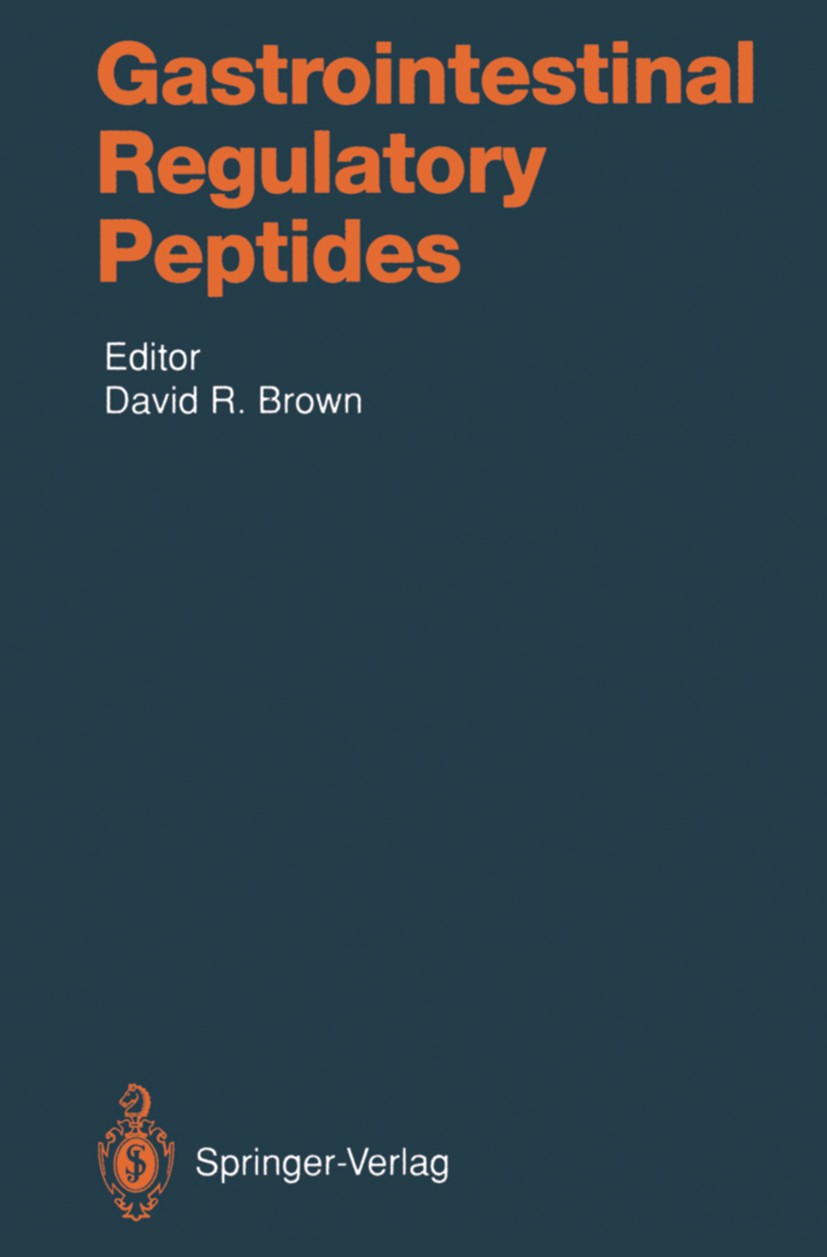| 書(shū)目名稱 | Gastrointestinal Regulatory Peptides | | 編輯 | David R. Brown | | 視頻video | http://file.papertrans.cn/381/380886/380886.mp4 | | 叢書(shū)名稱 | Handbook of Experimental Pharmacology | | 圖書(shū)封面 |  | | 描述 | Since the discovery of the pancreatic secretagogue secretin by W. M. BAYLISS and E. H. STARLING at the inception of the twentieth century, intense interest has focused on numerous, continually expanding classes of small peptides which appear to serve as regulatory molecules in the gastrointestinal tract, brain, and other organ systems. Initially, many of these substances were, like secretin, discovered in functional assays as "factors" or "activities" extractable in minute quantities from tissues or tissue fluids. By the middle of the century, advances in biochemical and immunological methods for the purification, characterization, and quantification of biologically active peptides in organ systems, tissues, and body fluids provided further impetus to this field. It was readily appreciated that small, biologically active peptides were particularly abundant in the digestive tract. Many peptides such as vasoactive intestinal peptide, gastrin, and more recently peptide YY and galanin were in fact originally discovered in and isolated from gut tissue. Moreover, these peptides were found to have profound actions on the gastroenteropancreatic system in vivo and in vitro. During the past | | 出版日期 | Book 1993 | | 關(guān)鍵詞 | biology; cells; hormones; receptor; research; smooth muscle; synthesis; hepatology | | 版次 | 1 | | doi | https://doi.org/10.1007/978-3-642-77814-8 | | isbn_softcover | 978-3-642-77816-2 | | isbn_ebook | 978-3-642-77814-8Series ISSN 0171-2004 Series E-ISSN 1865-0325 | | issn_series | 0171-2004 | | copyright | Springer-Verlag Berlin Heidelberg 1993 |
The information of publication is updating

|
|
 |Archiver|手機(jī)版|小黑屋|
派博傳思國(guó)際
( 京公網(wǎng)安備110108008328)
GMT+8, 2025-10-14 12:41
|Archiver|手機(jī)版|小黑屋|
派博傳思國(guó)際
( 京公網(wǎng)安備110108008328)
GMT+8, 2025-10-14 12:41


